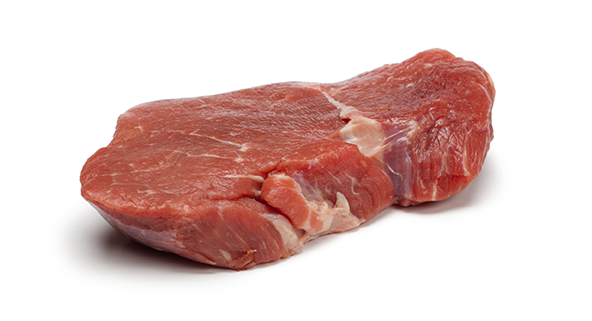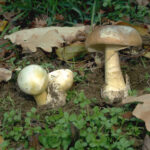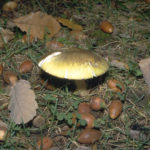Whole pieces of meat
Steaks, chops and other whole pieces of meat can be cooked to preference. As long as it is heated on the outside to kill bacteria it doesn’t matter if it is rare inside. This is because a whole piece of meat, such as a steak, can only be handled or be open to contamination on the surface. Any bacteria on or near the surface will be easily killed during cooking.
Pork
Pork does not need to be overcooked to be safe. It is a myth that pork is any more unsafe than the equivalent beef or lamb for cooking and when cooked as recommended there may be a faint hint of pink in the centre
Mince, hamburgers, sausages and rolled/stuffed meat
When meat is minced or a bone is removed or it is rolled or the muscle is slit for stuffing, bacteria can penetrate into the centre of the meat. Use a meat thermometer to make sure you always cook minced or boned meat, hamburger, stuffed meat and sausages until 75°C to make sure all the bacteria are killed.
Stews, sauces and gravies
Clostridium perfingens likes the sort of conditions you get in casseroles, stews, gravies, pie fillings and any other bulk cooked foods when they cool. In the warm conditions of cooling food, the spores germinate and grow. Whenever you cool food, make sure you cool it quickly by transferring it into a shallow container and refrigerating it when the steam stops rising. A large stockpot, even in a commercial fridge can take several days for the centre temperature in the pot to reach 5° C. Use or freeze leftovers within two to three days.
Defrosting and leftovers
Defrost rolled and stuffed meat completely before cooking or else they may not cook right through. Always follow cooking instructions on packaged food. Don’t forget to reheat leftovers to steaming hot before eating.
Cross contamination
Never put cooked meat onto the same plate on which you had the raw meat. Don’t let raw meat drip on or touch other foods, especially if that food won’t be cooked further such as a salad or dessert.
See more on cross contamination






